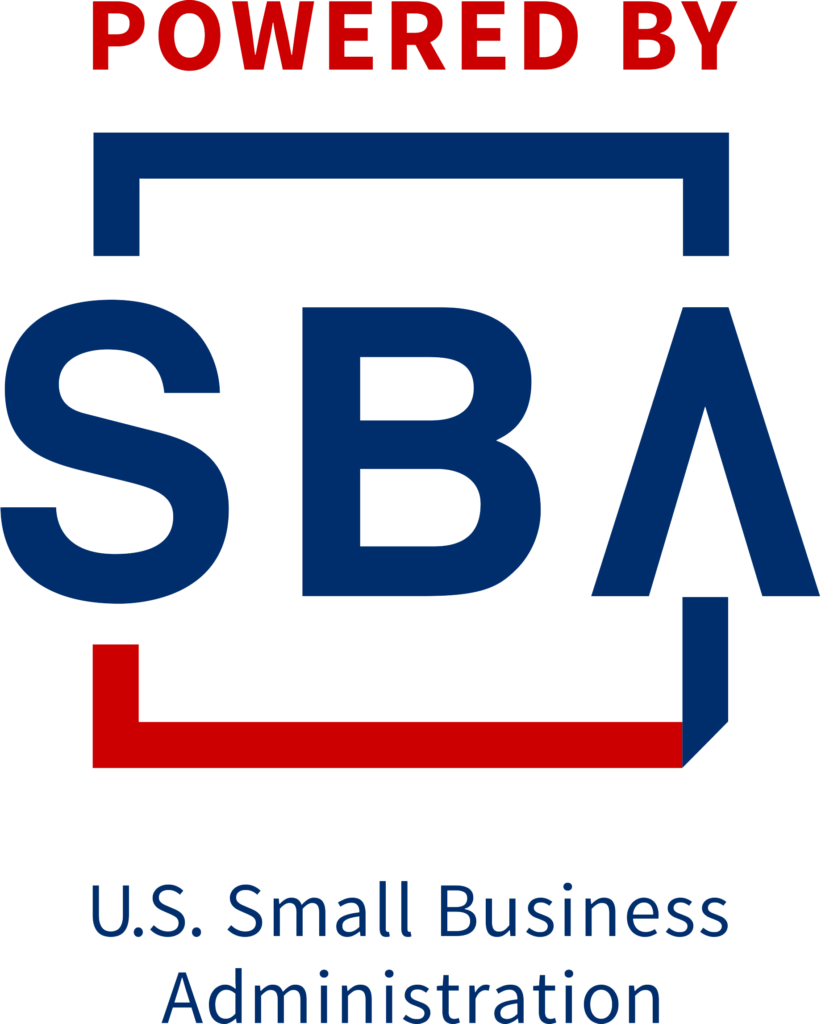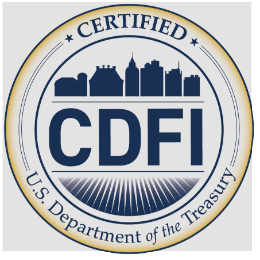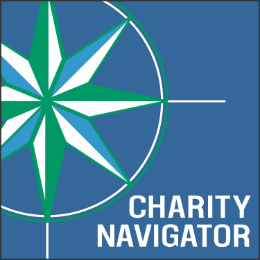According to the Federal Emergency Management Agency (FEMA), more than 40% of businesses never reopen after a natural disaster. While storms are inevitable, there are, in fact, many proactive measures that business owners can take in order to be more prepared for when disaster strikes. Drawing from the experiences of small businesses in the aftermath of Hurricane Harvey in 2017, LiftFund compiled key learnings to help ensure a stronger survival rate of businesses following future natural disasters. LiftFund received special funding from the U.S. Department of Commerce’s Economic Development Administration to create a free digital toolkit to educate small businesses on how to become more resilient in the wake of natural disasters. The toolkit, comprised of five video tutorials with handouts, templates, and quizzes, can now be accessed for free on LiftFund’s online learning portal, LiftLearn.com.
Upon registering a new user account on LiftLearn.com, business owners can navigate to the topic titled “Preparing Your Business for a Natural Disaster.” Within the topic, users will find five lessons, each including a video tutorial and a downloadable handout.
- The first lesson is an introductory video explaining why preparing your business for a natural disaster is important, even if the disaster never actually occurs. Users can download a Disaster Preparedness Checklist that they can share with their employees.
- Next is a video that teaches users about creating an emergency communication plan to reach employees when traditional channels of communication may be unavailable, and the importance of keeping lines of communication open with your customers during business disruption. The lesson includes an Emergency Contact Sheet to fill in with employees’ home addresses and landlines.
- The third lesson of the series addresses proper storage of your essential business documents so that they are easily accessible and indestructible, should a storm destroy your physical business location. In this lesson, one of the essential documents discussed is an up-to-date record of all your business assets and their value. Users can download and fill in the Asset Inventory worksheet so that they have a detailed record to submit with their insurance claim.
- In lesson number four, business owners will learn about the different types of insurance and why having the right insurance plan in place prior to a natural disaster can make a difference in how quickly your recovery time will be. This lesson comes with an Insurance Coverage handout summarizing the five different types of insurance businesses should consider, along with definitions of important insurance terminology.
- Financial Management and Recovery is the last lesson of the series and explains the three sources that constitute financial lifelines in the event of a natural disaster when cash flow is limited. Access to these financial lifelines will be dependent on business owners following the recommended preparations outlined in the “to-do” lists on the Pillars of Financial Support Following a Natural Disaster handout.
After completing each of the five lessons and recommended assignments, business owners will have a comprehensive disaster preparedness plan in place. The completion of the plan will take 1-2 hours and may make the difference between a business shutting down versus surviving and thriving following a natural disaster.
Other Disaster Preparation Resources from LiftFund
- Watch the “Preparing Your Business for a Natural Disaster” webinar– a 90-minute comprehensive training with a downloadable Disaster Recovery workbook.
- Watch the “Business Continuity and Disaster Preparedness for Gulf Coast Businesses” webinar– a two-hour webinar featuring speakers from the Galveston Economic Development Partnership, the City of Galveston, the Small Business Administration, and Texas Windstorm Insurance Association, discussing resources available to small business owners in the Galveston area before, during and after hurricanes.



